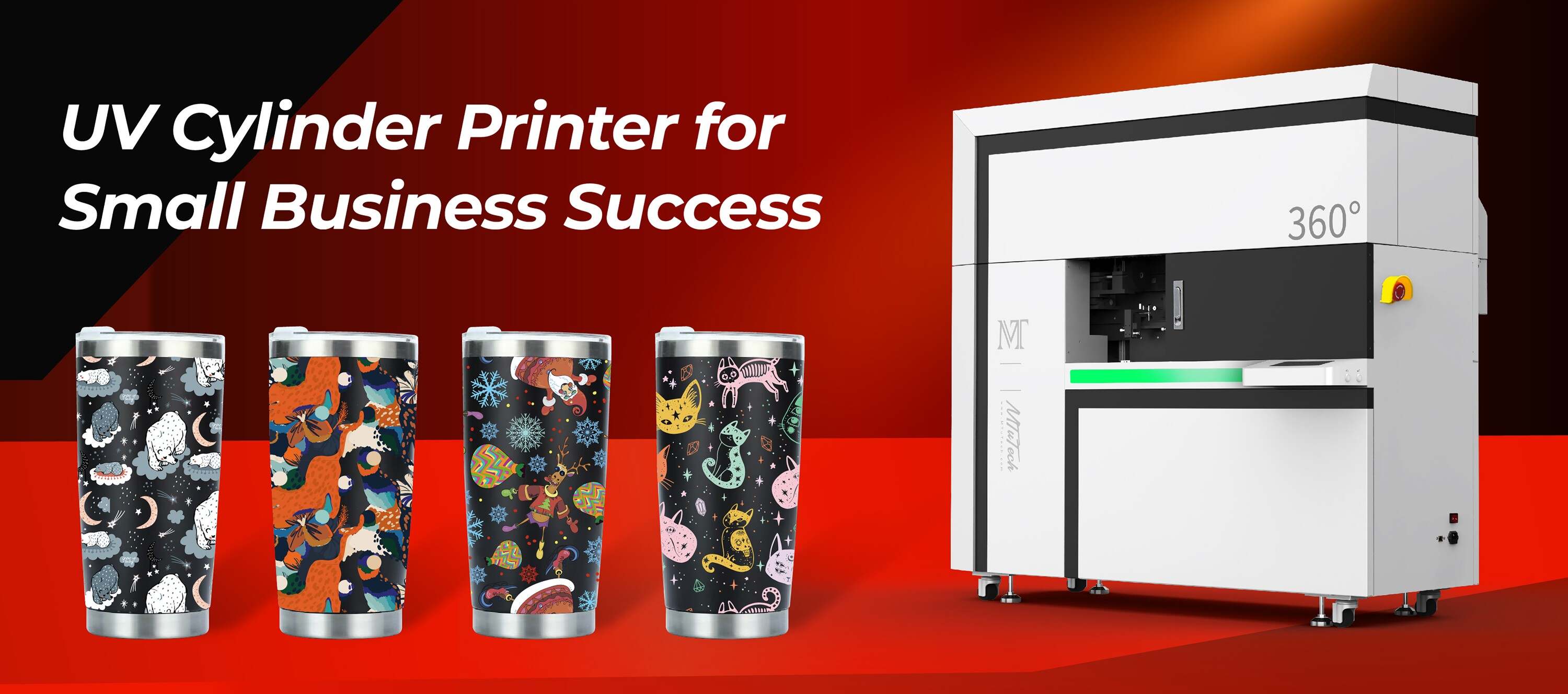UV Printing on Glass Cylinders: Tips for a Perfect Finish
Introduction
Glass is one of the most elegant and desirable materials for custom printing — but it can also be one of the trickiest. When printing on glass cylinders using UV printing technology, attention to detail is key. In this blog, we’ll break down the essential tips and best practices to ensure your glass prints are vibrant, durable, and professional every time.
Why Glass Cylinders Require Special Care
Glass surfaces are smooth, non-porous, and sometimes coated, making ink adhesion a challenge. Without proper surface prep and printing technique, you risk chipping, smudging, or poor curing.
Prepping the Surface
- Use isopropyl alcohol to clean every piece before printing.
- Avoid touching the cleaned surface with bare hands afterward.
- For added grip, apply an adhesion promoter specifically designed for glass.
Choosing the Right Inks and Settings
- Select UV inks that are optimized for glass adhesion.
- Use RIP settings with slower curing speeds to allow for thorough exposure.
- Calibrate the printer’s curing lamps for even exposure across the cylinder.
Printer Configuration Tips
- Use a rotary jig designed to grip glass securely without risk of slipping.
- Adjust printhead height precisely to avoid contact and ensure even ink distribution.
- Ensure the glass is completely level during rotation to prevent image distortion.
Design Considerations
- Stick to bold colors and strong contrasts for best visibility on clear or frosted glass.
- Avoid intricate detail near edges where ink may have less surface to adhere.
- Consider white underbase layers for designs on tinted or transparent surfaces.
Post-Printing Curing and Handling
- Allow the item to rest for at least 24 hours before use or packaging.
- Optionally apply a clear UV-protective topcoat for extra durability.
- Package with padding to prevent scratches or shock during delivery.
Common Pitfalls to Avoid
- Printing on dusty or oily surfaces
- Using incompatible ink types
- Skipping the adhesion promoter on slick glass
- Under-curing due to weak UV lamp settings
Conclusion
Printing on glass cylinders with a UV printer requires preparation and precision — but the results are worth it. With crisp resolution and premium finish, your glass products can command top-dollar in both retail and gifting markets. Follow these steps to make every print on glass a masterpiece.
For expert-level results across all surfaces, explore our rotary-ready cylinder UV printer — engineered for precision printing on glass, metal, plastic, and beyond.

